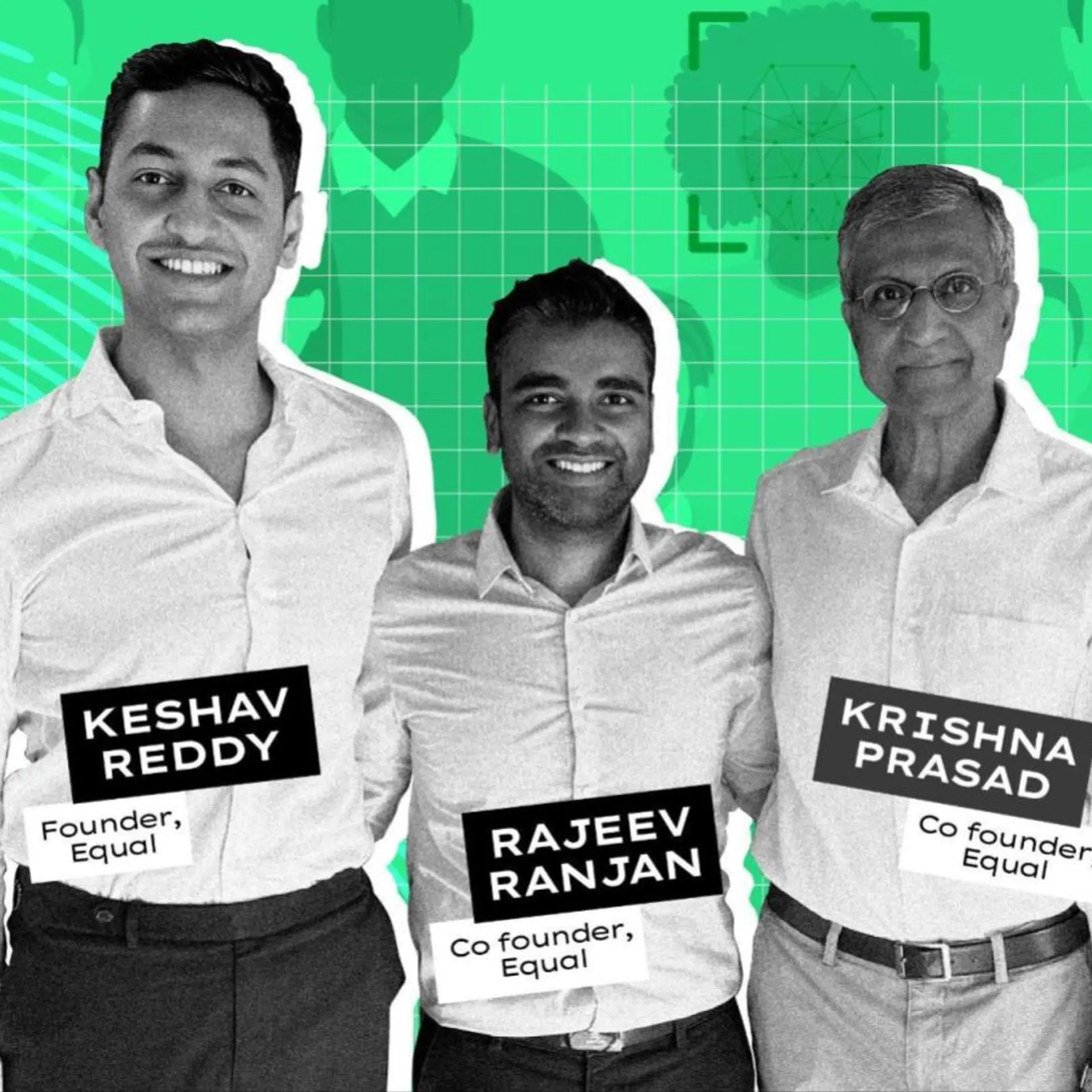Emerging HR trends that will dominate 2020
The HR industry experienced a drastic change because of the alignment of the workforce in 2019. Last year changed the way the HR industry dealt with teams both in terms of hiring the candidates and engaging with them.
With the ever-increasing opportunities in the digital world, companies have to evolve their HR practice to stay relevant. With a majority of the workforce slowly taken over by the millennials, progression is quite visible in diverse areas, and the HR department of a firm needs to embrace them.

Here is a list of HR trends that will dominate corporates in 2020:
Implementation of artificial intelligence
The use of AI will govern how many enterprises function in 2020. Robotics technology is gradually and expeditiously establishing itself and is of great value in recruiting procedures as well. However, robots cannot replace human tenacity but recruiters can rely on them to complement humans’ capabilities. Additionally, this selection process is free from human error and bias and AI implementation allows HR teams to craft thorough job descriptions. AI-powered software can also scrutinise job networks and envisage success rates by checking the online presence of the candidate.
Rise of freelancing or on-demand hiring
Freelancing structure will dominate the HR industry in the near-term. Recruiting on hourly basis or project basis drops the cost for the employers and gives higher flexibility to employees. When the candidates are hired on a temporary or part-time basis, he/she is required to be compensated with a smaller amount as compared to a full-time employee. On-demand hiring also boosts the in-house talent acquisition of the company. Indeed, freelancing has generated an ecosystem for talent with temporary jobs focused on proficiency.
Use of chatbot
Chatbot is a software that conducts a conversation via auditory or textual methods. It uses natural language processing and can initiate a human-like communication. Candidates can get all their FAQs answered through this tool. Implementation of chatbots in the HR industry ensures 24X7 availability and 'on-demand' availability.
HR analytics/performance analytics
HR analytics or performance analytics can help recruiters improve employee engagement and retention. These run on machine learning algorithms and aid in gathering, organising, and analysing the data related to HR. This guarantees an enhanced decision-making process for the organisation. In the near term, performance analytics will prove to be an effective tool for the HR industry.
Gamification
The recruitment process can be turned into a gamified experience through this process. This would relieve the pressure from the HR department and let employees play a more vigorous part in talent acquisition. Gamification implements a digital ambience and helps employees reach certain goals and objectives. This would offer them status or reward or bonus and help them in improving their skills. Overall, that would add to the expansion of the organisation.
Integration with cloud, mobile-enabled solutions
Mobile-enabled HR platforms have amplified employee engagement and reduced employee time to hire. Mobile recruitment can reach a wider audience through online job and social media posts. The candidates can easily respond on these posts and apply for jobs anywhere in the world.
The HR industry experienced a drastic change because of the alignment of the workforce in 2019. Last year changed the way the HR industry dealt with teams both in terms of hiring the candidates and engaging with them. Artificial intelligence and machine Learning technologies have become new trends in the HR industry, which is expecting AI and cognitive technologies to mature further in 2020.
Predictive analytics will be giving powerful insights around performance, hiring trends, attrition, etc. HR Industry will see the need for talent in the startup sector with the startups increasingly becoming more successful alongside the disruption they bring to the market.
(Edited by Evelyn Ratnakumar)
(Disclaimer: The views and opinions expressed in this article are those of the author and do not necessarily reflect the views of YourStory.)








